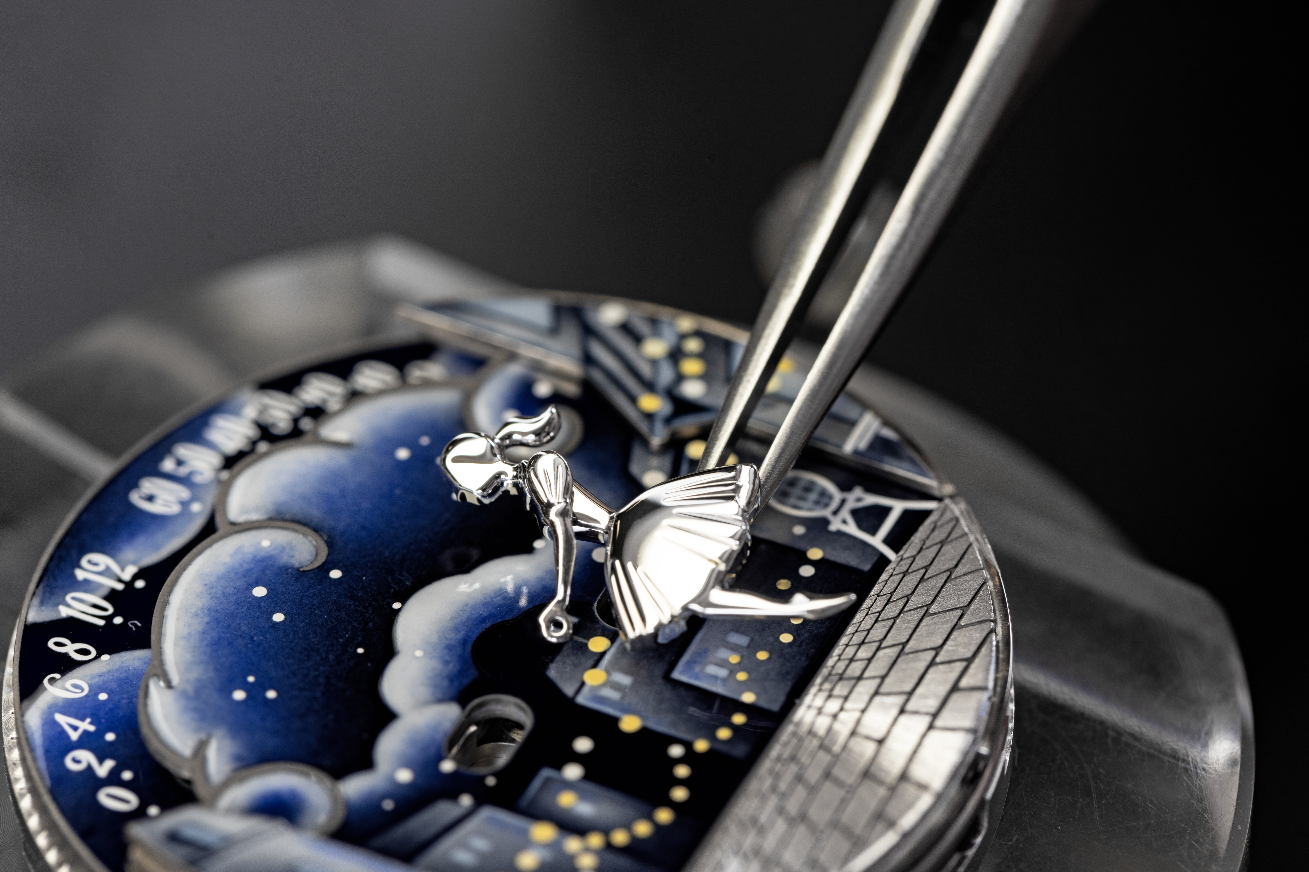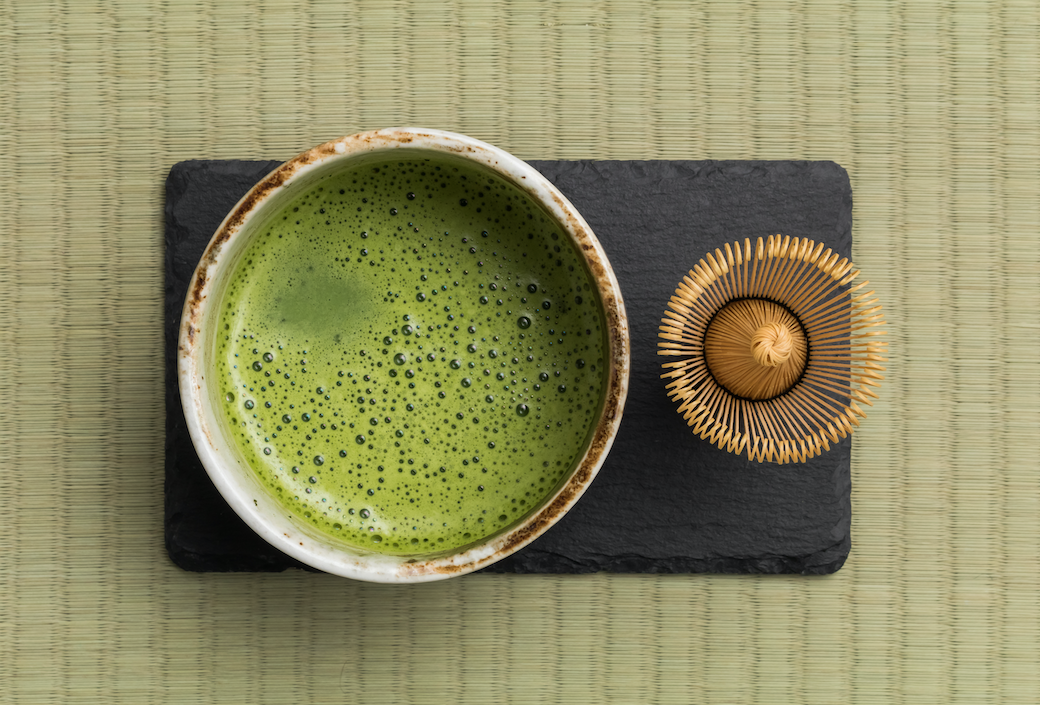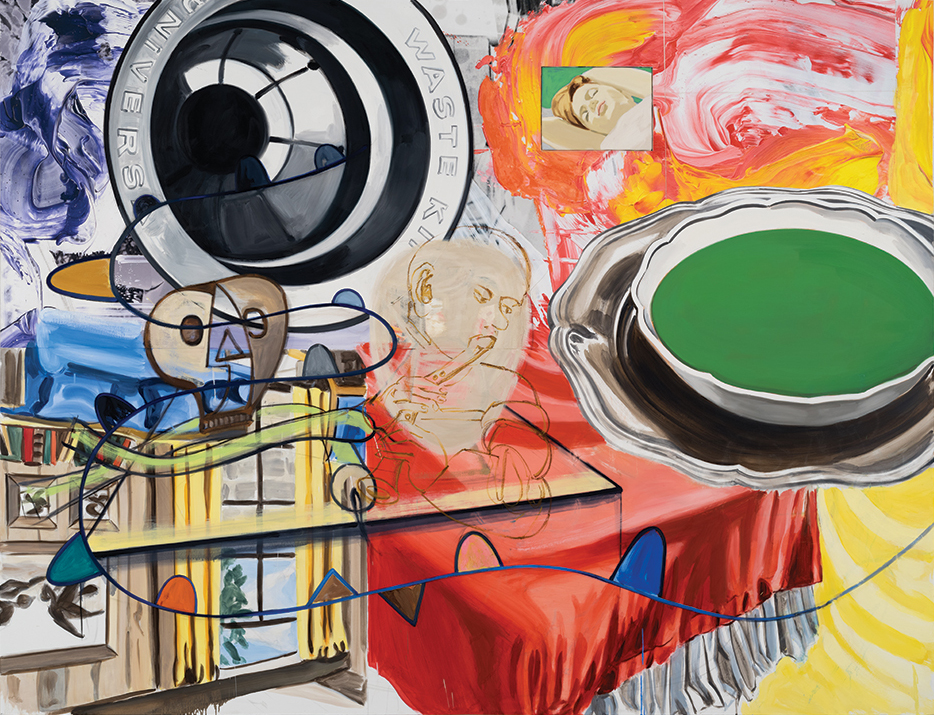
David Salle pauses for a nanosecond when asked to describe himself in three words. He delivers it in four, one of the few people I’ve interviewed that can distil their essence in so few words. “That is a tall order. I’m a staunch believer in the value of compression and concision. The words would be: musical, buoyant and somewhat melancholic.”
From what I understand, it’s classic Salle, disorienting and enlightening. He cites the word “musical” first, then the seemingly throwaway but acute “somewhat”, spoken as though a brushstroke deftly enhancing shadow or raising a smile. Like his work, the answer seems to be matter-of-fact, arbitrary, yet a closer inspection reveals greater nuance and complexity.
Musical. How, I wonder. Salle, who is also a prolific writer, once spoke to John Baldessari, an American art legend and Salle’s own teacher, for Interview magazine. He asked him, “If you were a musician, or lyricist, who would you be?”
I ask Salle the same. “I would want to be Yip Harburg,” he says. “It’s a self- flattering thing for me. He wrote a lot of Broadway hits. I’m very admiring of lyricists of the Golden Age of Broadway. They express a lot of my ideas about how art works, compression, use of images, long lines, short lines, rhythm. It informs my thinking to a certain extent.”
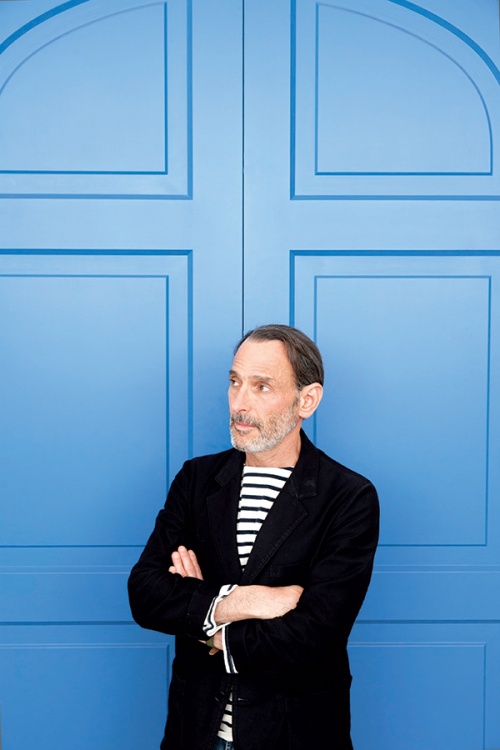
Salle thinks differently to you and I, which makes his candid and often laugh-out-loud responses all the more quirky. “How do you expect Chinese collectors to react to your work? “I don’t know. I wouldn’t know. I simply don’t know.” If you had to identify the 20th-century’s Mona Lisa, which image would it be? “I wasn’t aware the 20th century needed one and I wouldn’t know what it would be. I’ve never found the painting very interesting. It’s not a painting I look at or think about or ever have. The Mona Lisa business is a different business.”
Do you know the name and phenomenon of Tavi Gevinson? “No. No idea.” Selena Gomez? “It’s a name, but there’s no association with it.” Oil paint versus Instagram? “There was a time when oil paint was a new technology and I’m sure a lot of people were suspicious about it. I don’t see this as a battle between the forces of life and dark.”
These are clearly the responses of a man who is comfortable with his position as a “name” from the last century. And although his name will not resound with the same familiarity of his closest contemporaries – Jean-Michel Basquiat, Julian Schnabel, Jeff Koons and Eric Fischl – Salle is a big deal. His major contribution to the art world came in the 1980s when he was seen as being a leader in the return to figurative painting. He helped define and develop the postmodern sensibility that allowed for a fluid dialogue between the arts. By combining figuration with a varied pictorial language, Salle creates complex visual narratives that draw inspiration from art history, advertising, design and American culture, and presents it in the form of a collage. This month he brings his work to Lehmann Maupin Hong Kong.
“I want the differences to show, but to somehow be resolved anyway. It’s symphonic. Sometimes I like to think of myself as a kind of orchestrator,” he says. Music again. His most recent work sees him exploring the thematic and formal possibilities of painting, and the development of his rich visual language.
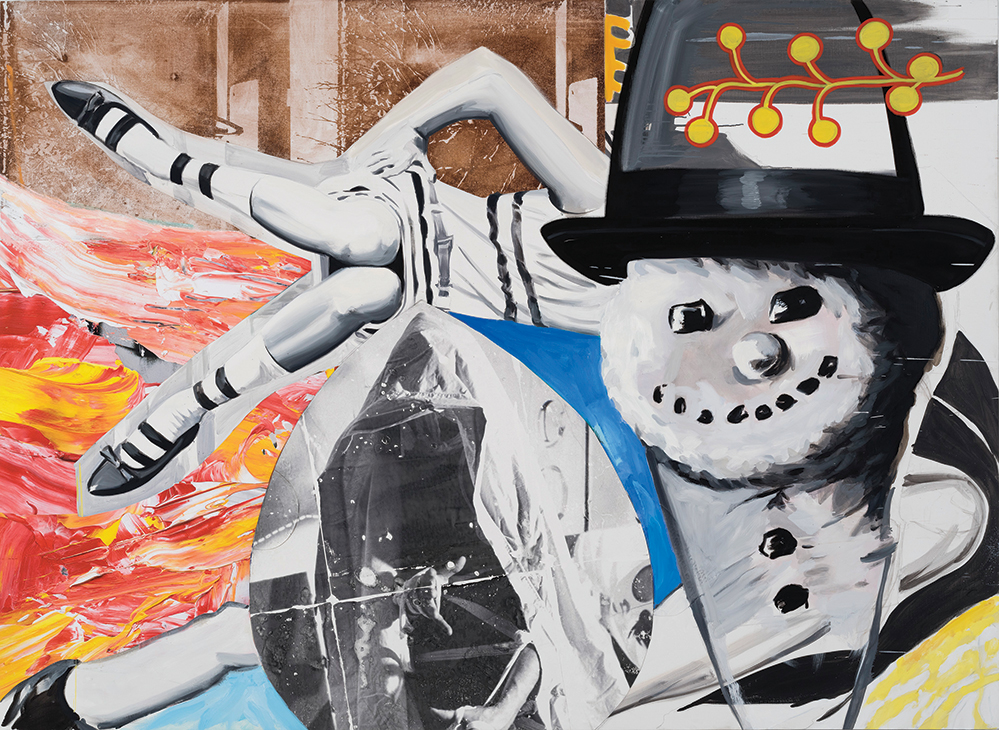
Salle is a painter’s painter, dedicated to and fascinated by the art of painting. He is a 1975 graduate of the California Institute of the Arts, where he studied with the hugely influential Baldessari. But how is his work American? “I think European art and sensibility has a more narrative inclination, it’s more a kind of narrative project. I think that’s one reason conceptual art was so embraced in Europe because it dovetailed with this kind of overarching narrative project. I think that American art, at least in the 20th century, was moving in a different direction, was moving out of a more elemental sensibility, the achievement was something singular, the essence of things.”
Which means what for his own work?
“It means so much of the work that I admire, this kind of foundational, modernist work, is unitary, reductivist: one colour, one image, one gesture, and it strips away all the unnecessary frou-frou. It stripped away anything relational. But my work is highly relational, it has a European flavour. I’ve never actually been able to make my own work in the image of that typically American modernist, unitary, singular ideal. But these are very broad concepts.”
And who does American singular, unitary best? “Let’s see. Let’s take Andy Warhol and Roy Lichtenstein, who were working together at the same time and grouped under the rubric of pop art. Andy’s a very unitary artist. The composition is always central, there’s always one figure; it’s Elvis, it’s Marilyn, everything repeated, there is never a sense of organised hierarchical dynamic composition. It’s because Andy went to school on page three of The New York Times for all those years, which is an excellent school… it’s one of the best art schools you can go to.” It’s Salle at his withering best and all the better for his having known Warhol.
“By contrast, there’s Roy Lichtenstein, who was a close friend of mine. He was the opposite kind of artist. He was a richly, deeply, fundamentally compositional artist. They’re both pop, they’re both dealing with American imagery, but Roy is on a continuum of large-scale highly relational, intricate, dynamic composition, which goes back to Veronese and whatnot. Here’s the thing, you can see the same lineage of Jackson Pollock.
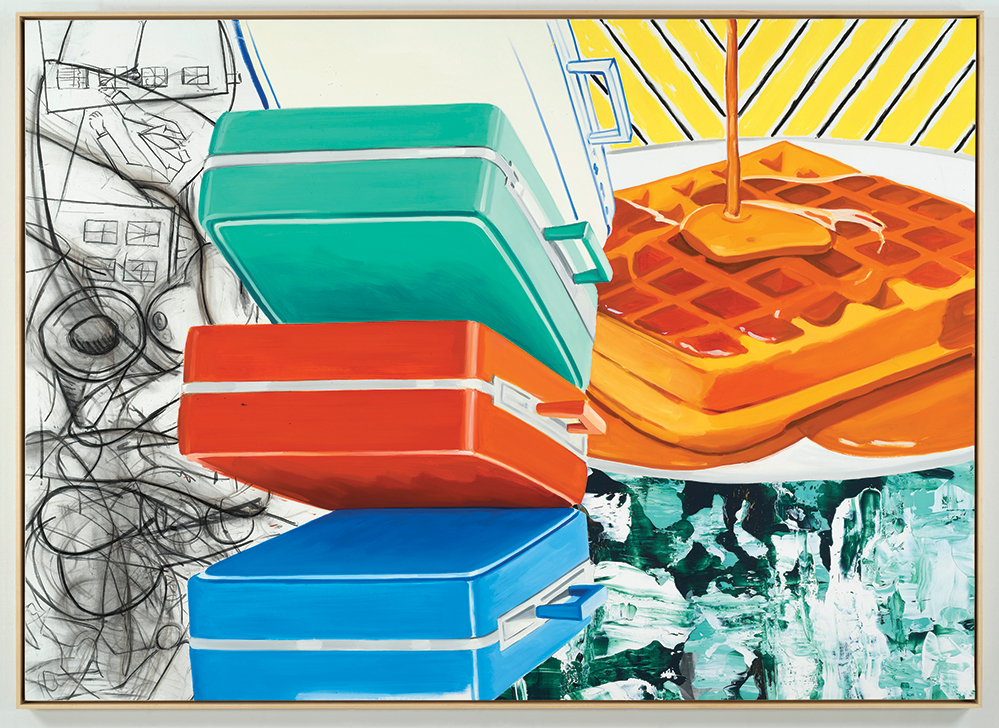
I guess my point is that all of these things intertwine, but that’s just an example. Andy is not a compositional artist, he’s an image- colour artist, and Roy is a compositional artist who takes whatever the material is – it could be something poppy like a beach ball advertisement or art-historical like Van Gogh’s Bedroom at Arles.”
I tell him I prefer Lichtenstein over Warhol as the former makes art that raises a smile. “It’s a very good statement of personal looking. Nothing I’m saying is prescriptive. I’m not concerned with who the pre-eminent is, I’m concerned with having an experience and having a relationship to something. Your reaction to Roy is very similar to mine. There is a wit. The work is suffused with a wit at every level, every choice, every formal choice is also an expression of wit and this is rare in art. It speaks to the distinctions between us as people and artistic personalities and all of that.”
Then we take one of Salle’s new works for the Hong Kong exhibition, Playing , Dreaming and put it under the microscope. What does he think about as he’s working? “What I’m thinking about consciously as an artist is probably something very formal, which might make for a not very stimulating answer. I’m thinking about organisation. I’m thinking about precisely those things which are what allow your eye to stay engaged with the painting. I’m thinking about it like a conductor with an orchestra; you know, too much brass, woodwind came in too early. So that’s what I’m constantly thinking about. Emotionally, in a feeling tone, it rises and falls, I’m thinking about a long line in poetry, a long phrase in music or bands, I’m thinking about all kinds of analogous art expressions which inform what I’m doing. I’m not thinking about a narrative per se, but I’m feeling my way into a narrative presence, but I’m careful to keep the narrative presence in its own terms, within the terms of the painting, not on external terms – if that makes any sense. It’s a hard concept for people to understand or put into words.
What does the painting mean? Is there a narrative? “You know, narrative is one of those slippery words, and although we use it, I’m not saying it’s not relevant, it can point the viewer in a direction which is bound to frustrate them. It’s not that I’m trying to manage the viewer’s experience, it’s more, that I’m thinking about… not boring myself.”
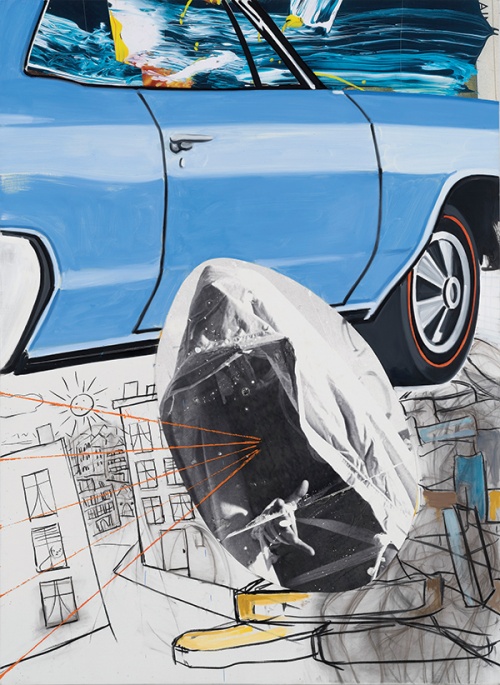
I invoke a word which Salle spent the most luminous part of his career subverting; hierarchy. What’s the hierarchy in Playing , Dreaming? “The optical fact is that whenever you have more than two marks on a surface they’re in some sort of hierarchical organisation, and hierarchy in composition simply means you notice this before you notice that, and beyond that, there’s a near and far, up and down, certain colours stand out, certain colours recede, so this simply is an opthamological reality. What the artist does is to organise it.
“It’s a big picture, a big scale, a scale that affords this kind of organisation, and I’m creating different paths for your eye to take and they kind of loop around, one turns into the other, and then your eye can go out of the window metaphorically speaking which then occurs to you as a kind of funny, ‘Oh, I can’t believe I’m really doing that’, and then you realise that you are doing it, and then you come back inside and you find that you’re swimming around in the soup and that seems absurd and ridiculous. The painting has lots of springboards to just that kind of circuitous wondering, which for me, is the satisfying visual experience; that’s sort of what I want to do with a painting.”
I tell him the image would make a wonderful book cover for Thomas Pynchon’s Gravity’s Rainbow. “Which is a book I do remember admiring,” he says. “I mean here’s the thing; I’m not daunted by complexity and contradiction. You know, I’m aware that some people are, and that’s fine, but you know, for those who are undaunted… it’s what we kind of seek, that’s the business I’m in.”
I tell Salle Playing , Dreaming functions almost like a library with potential book covers for America’s most famous 20th century novels, all within the one composition. “It’s a nice image but, I hasten to add, for me to feel like it’s successful, all those things have to be integrated, such that they’re not merely pointing at something, they are that thing. That’s the art part, if I may say so.”
Legendary painter Alex Katz says “a good painting should do about 12 things at once”. With Salle, a good friend of Katz, you get all of that and then some.



